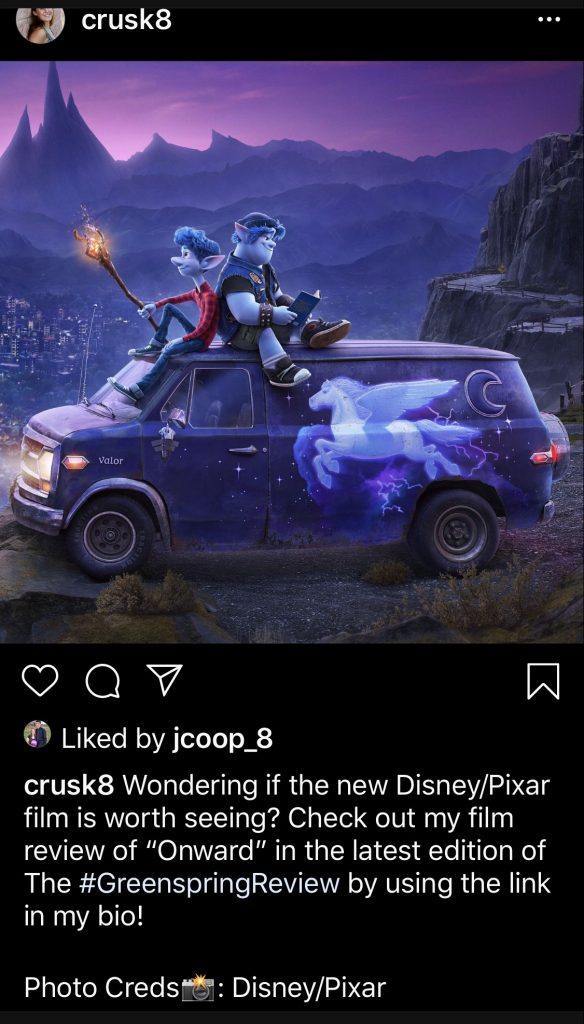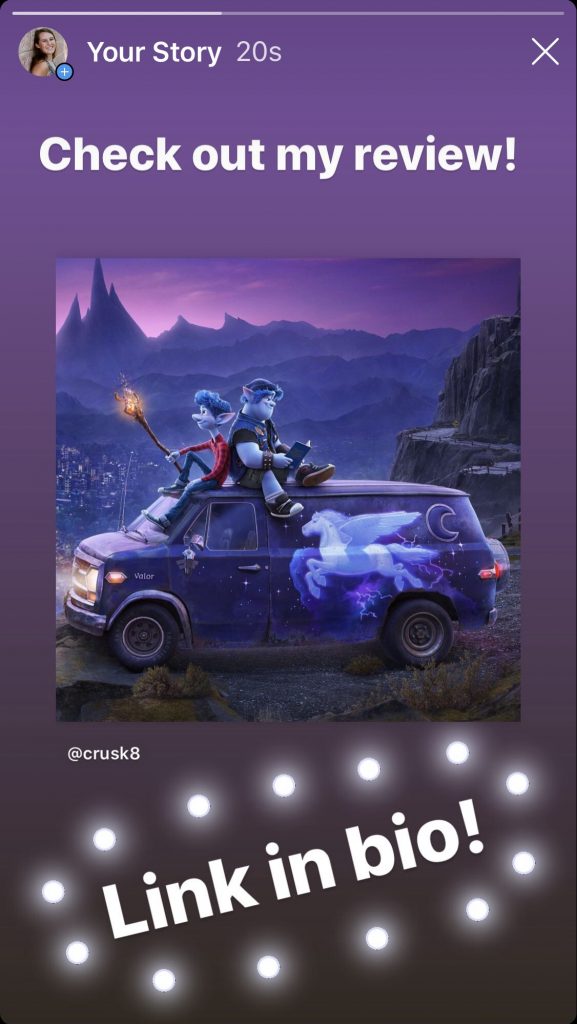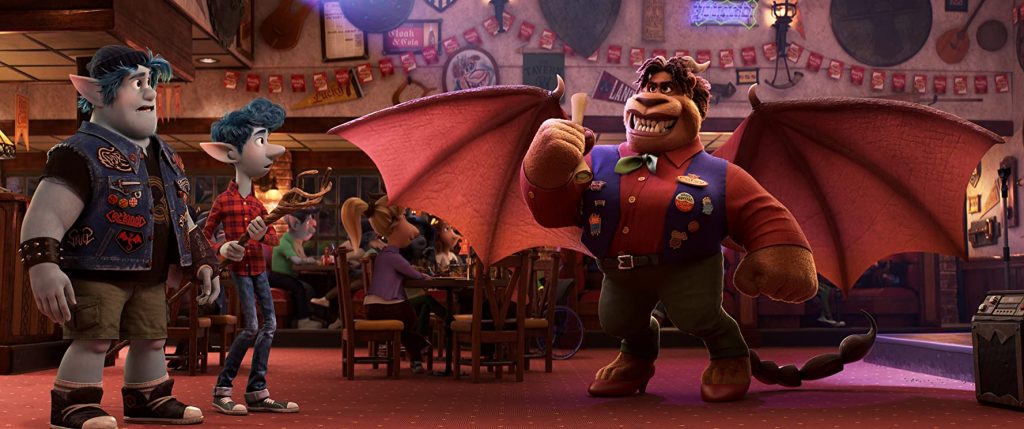
The audience that I focused on for my poster was people who have social anxiety. Anxiety is a common mental health disorder that “comprise[s] a range of mental illnesses that are characterised by excessive feelings of fear, apprehension, and dread” (Swallow). Social anxiety is “an intense fear of being embarrassed, humiliated, or judged negatively by others in a social or work setting” (Swallow). Personally, I have some degree of social anxiety, especially when sharing my creative work or presenting. Just from talking with other people, most students, and people in general, tend to have a form of social anxiety in some degree. This is why it is important for The Greenspring Review to follow some accessibility guidelines so that those with social anxiety can interact with the site and participate in events the organization holds.
The first Do and Don’t I have listed is all about creating a comfortable, positive enviornment. In the definition of social anxiety provided by David Swallow, one of the intense fears stems from being judged negatively. The comments on the site must be moderated to eliminate the possibility of somebody’s work being judged negatively. To reassure the user, there could be a disclaimer or warning message stating that negative comments will not be tolerated. The second item I list deals with unpredictability of the site. All buttons need to be clearly labeled so that users know exactly what will happen if they click on the button. For someone with social anxiety, unpredictability can increase levels of anxiety (Cambron). The next item deals with the submission of works and contacting others. Contact with others, even if it is just over email, can be very difficult for those with social anxiety. Users should be able to submit directly to the site as opposed to having to email someone. People with anxiety should not be rushed, which brings me to my fourth item. Deadlines needs to be established far out in advance so the user has an adequate amount of time to prepare. Deadlines should be flexible as well, so that the user does not feel uncomfortable submitting a piece of work a little late. My last item deals more with the events The Greenspring Review holds. They are wonderful events, but for people with social anxiety, it can be hard to participate and enjoy themselves. For example, the open mic event is very anxiety provoking for those who have to read their own work in front of others. The GSR needs to have more relaxed events that don’t require any sort of forced participation.
While I did not have many aesthtic-related items listed on my poster, I tried to create the poster so that it would not provoke any anxiety. According to Writer/Designer, “Cool colors are usually read as calming” (Ball et al. 46). I went with blue as my primary color choice becuase it is a cooler color and evokes a sense of calming for those who may be feeling anxious. The font I chose was so that the poster was as welcoming as it could be to try and eliminate any fears related to anxiety. According to Jakob Nielsen’s “10 Usability Heuristics for User Interface Design,” “Dialogues should not contain information which is irrelevant or rarely needed. Every extra unit of information in a dialogue competes with the relevant units of information and diminishes their relative visibility” (Nielsen). With this in mind, I tried to keep the wording on my poster to a minimum. I kept a neat, simple layout that was simple and easy to follow so that those with anxiety did not feel overwhelmed.
Ball, Cheryl, et al. Writer/Designer: A Guide to Making Multimodal Projects, 2nd ed., Bedford/St. Martin’s, Boston, 2018, pp. 46.
Cambron, Thaddeus. “Designing Better Experiences for People Facing Anxiety.” Model View Culture, no. 37, Feminist Technology Collective, Inc., 24 May 2016, modelviewculture.com/pieces/designing-better-experiences-for-people-facing-anxiety. Accessed 4 March 2020.
Nielsen, Jakob. “10 Usability Heuristics for User Interface Design.” Nielsen Norman Group, 24 April 1994, www.nngroup.com/articles/ten-usability-heuristics/. Accessed 4 March 2020.
Swallow, David. “A web of anxiety: accessibility for people with anxiety and panic disorders [Part 1].” The Paciello Group, Vispero, 14 Aug. 2018, developer.paciellogroup.com/blog/2018/08/a-web-of-anxiety-accessibility-for-people-with-anxiety-and-panic-disorders-part-1/. Accessed 4 March 2020.



